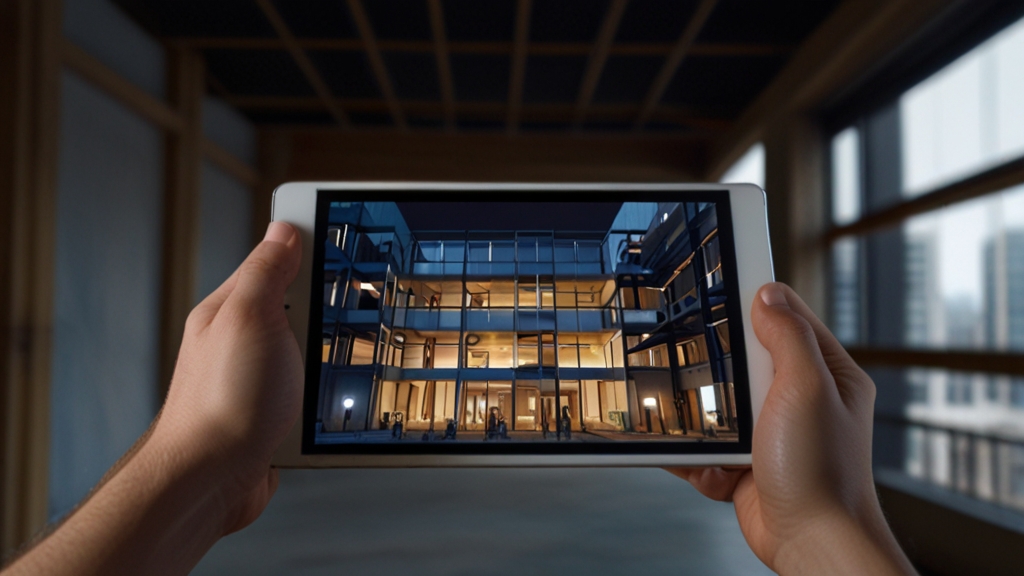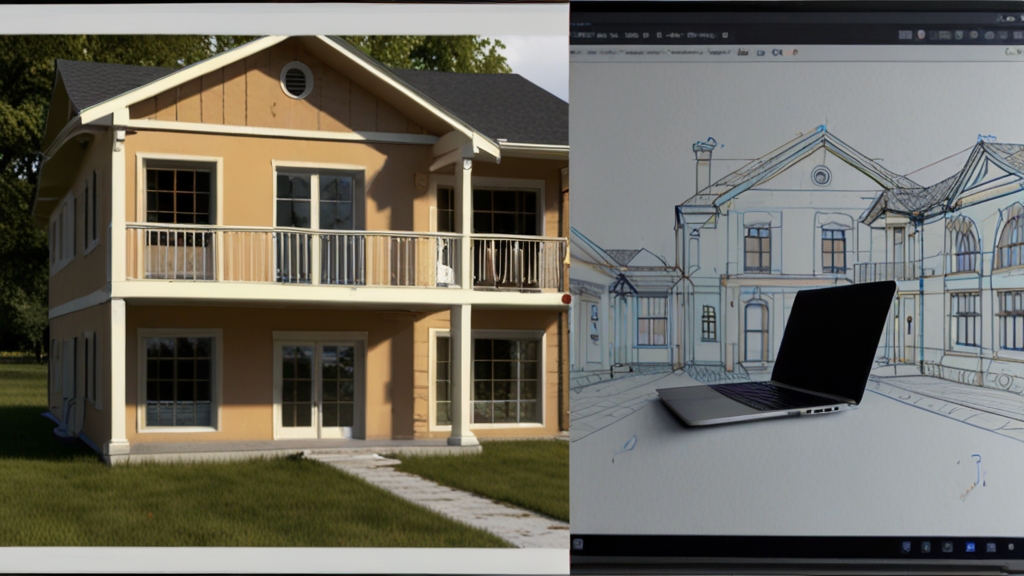VR (Virtual Reality) and AR (Augmented Reality) are two distinct technologies that alter our perception of reality, but they do so in different ways:
Virtual Reality (VR): Virtual Reality is a technology that immerses users in a completely computer-generated virtual environment. When using VR, users wear a headset that typically covers their eyes and ears, completely blocking out the real-world environment. The VR headset displays a 3D digital world that responds to the user’s movements, giving the illusion that they are physically present in the virtual environment. VR is commonly used in gaming, training simulations, architectural visualization, and entertainment experiences.
Key features of VR:
- Total immersion: Users are fully isolated from the real world, feeling like they’ve entered a different reality.
- Virtual interaction: Users can interact with and manipulate objects within the virtual environment using specialized controllers or hand-tracking.
- Augmented Reality (AR): Augmented Reality, on the other hand, blends digital content with the real world, enhancing the user’s perception of the real environment. AR technology overlays computer-generated images, videos, or information onto the user’s view of the real world through a device such as a smartphone, tablet, or AR glasses. Unlike VR, AR does not isolate users from their surroundings; they can see and interact with both the virtual and real elements simultaneously.
Key features of AR:
- Real-world integration: AR enhances the user’s perception of the real world by overlaying digital content onto it.
- Contextual information: AR can provide additional information about objects, locations, or scenarios in the real world.
In summary, Virtual Reality (VR) creates a completely immersive, computer-generated environment that users can interact with, while Augmented Reality (AR) enhances the real world by adding digital elements to it. VR provides a more isolated and all-encompassing experience, while AR supplements the real world with digital information and visuals. Both technologies have unique applications and continue to advance in various industries, offering exciting possibilities for entertainment, education, training, and more.









